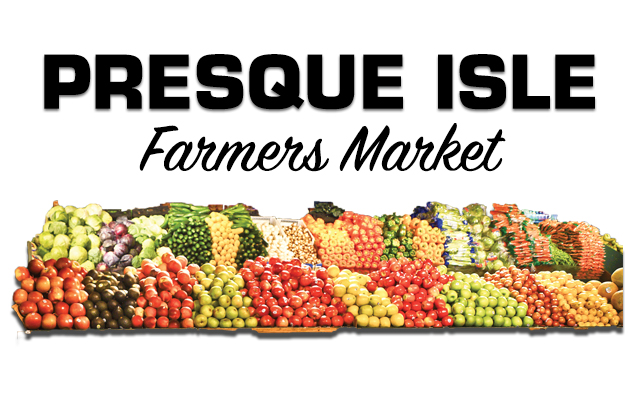Until relatively recently, no one really paid very much attention to carbon dioxide. It is a colorless, odorless, non-flammable, non-toxic gas that seems relatively innocuous.
If you breathe into a paper bag, the accumulating carbon dioxide might cure hiccups. Otherwise, carbon dioxide never made the news until Al Gore “popularized” the scientific evidence that the accumulation of carbon dioxide is likely to leave us with a Connecticut climate without ever leaving home.
There is another, less-well-known “global threat” associated with carbon dioxide — its effect on chickens; specifically, the effect of hot summer days on chickens and the resulting changes in our food supply.
All animals disperse excess body heat. Humans join cattle and horses in copious sweat production, which allows for evaporative cooling. Many fur-bearing animals with few exposed sweat glands (hence the ticky-tack tracks across the hood of your car when the neighborhood kitty comes to call) make up for the limitation with a strong talent for panting.
Chickens developed a sort of bipartisan solution (maybe we should send them to Augusta). Their appetite goes down and some of them molt. Cage-free chickens line up like diminutive soldiers in formation, evenly spaced along their roosts, adopting a unique, slump-shouldered posture that exposes their naked wing-pits to passing breezes. When given access to the outdoors, they congregate like ancient Romans in the community baths; they loll about in a moonscape of round craters, scratching importantly to toss sand and dirt up on their backs. The dust sifting through their feathers both cleans and cools them while the poor farmer navigates the minefield of ankle-breaking dusting sites to provide uneaten chicken feed.
Only as a last resort will chickens pant, their little beaks gaping like an over-extended paperclip and their tiny, inarticulate tongues poking straight out like a disoriented exclamation mark. Chickens have marginal respiratory systems under the best of circumstances; panting challenges their already inadequate lung capacity. The normal pattern of respiration, in which oxygenated air is drawn in and carbon-dioxide-laden breath is released, becomes progressively less effective. Carbon dioxide remains in the blood to be recirculated again and again. It combines with blood components to make carbonic acid.
What do we know from our childhood experiments “trapping” an intact egg in a narrow-necked bottle? Shells exposed to weak acids like vinegar (or carbonic acid) become soft and jelly-like, a slightly crispy water balloon that can slide through a narrow opening.
The net result of summer heat is panting chickens eating less, so fewer eggs are formed. Fewer of the eggs that form have adequate “Samsonite suitcases” to sustain their trip to market. Farmers exhaust their recipes for egg-based meals at home (fresh eggs are still delicious) rather than waste them. The good news is that some chickens are more tolerant to the dog-days of August and continue to soldier on with their nearly daily production.
Stop by the Presque Isle Farmers Market in the Aroostook Centre Mall parking lot any Saturday between 8:30 a.m. and 1 p.m. to supplement your own menu with incredible, edible eggs.
The Presque Isle Farmer’s market’s chair/president for the remainder of the season is Deena Albert-Parks of Chops Ahoy farm in Woodland. For information about participating or visiting the market, contact her at deena.albertparks73@gmail.com.








